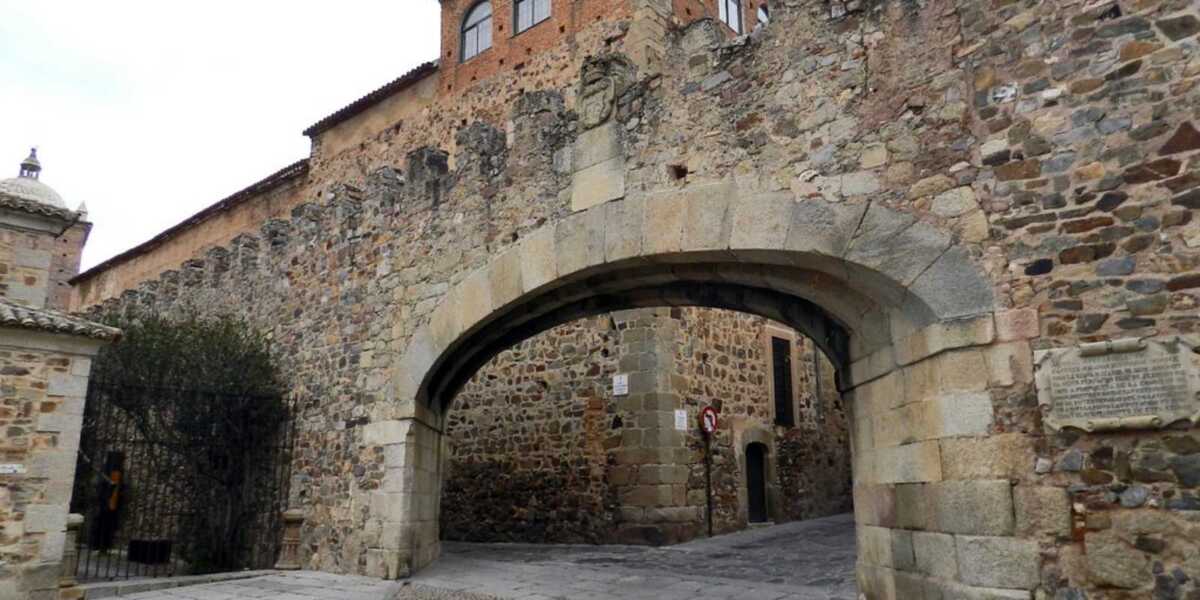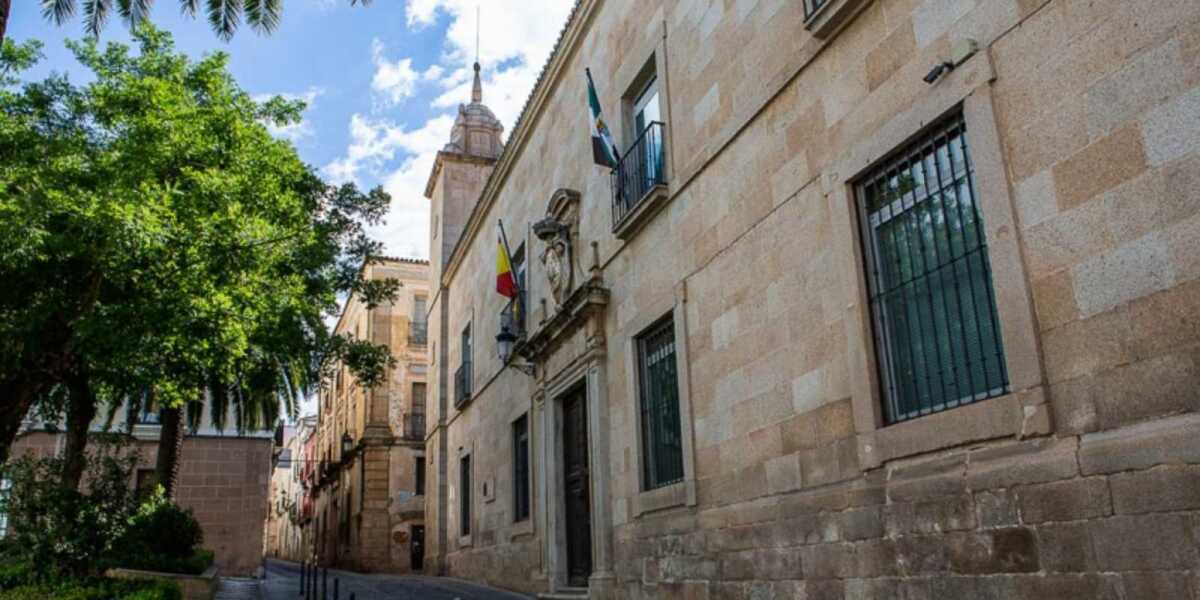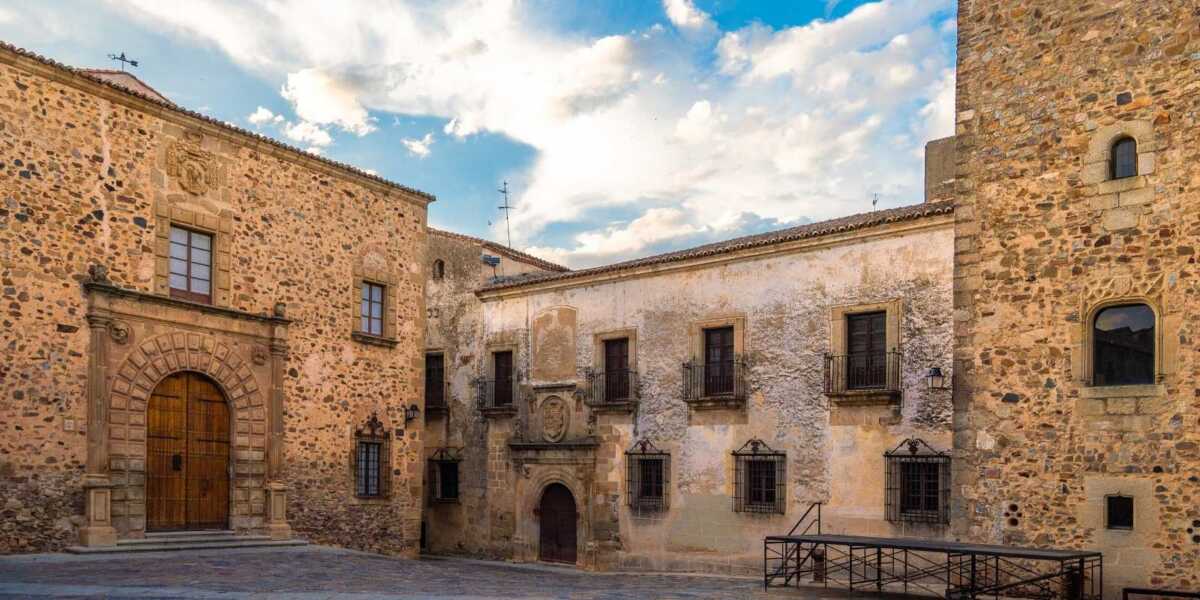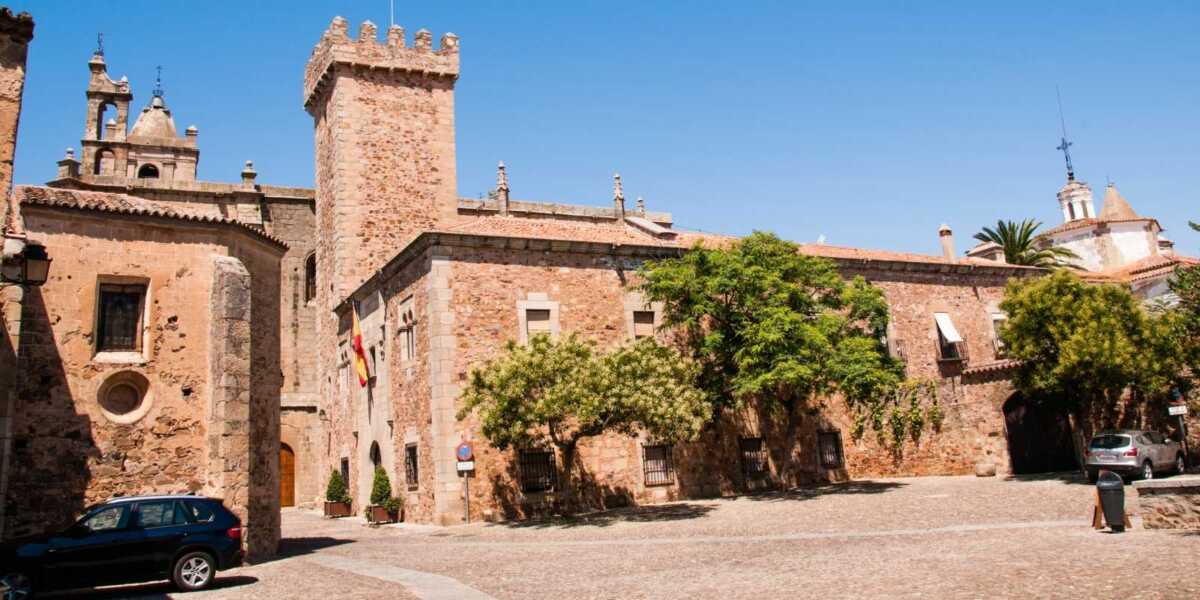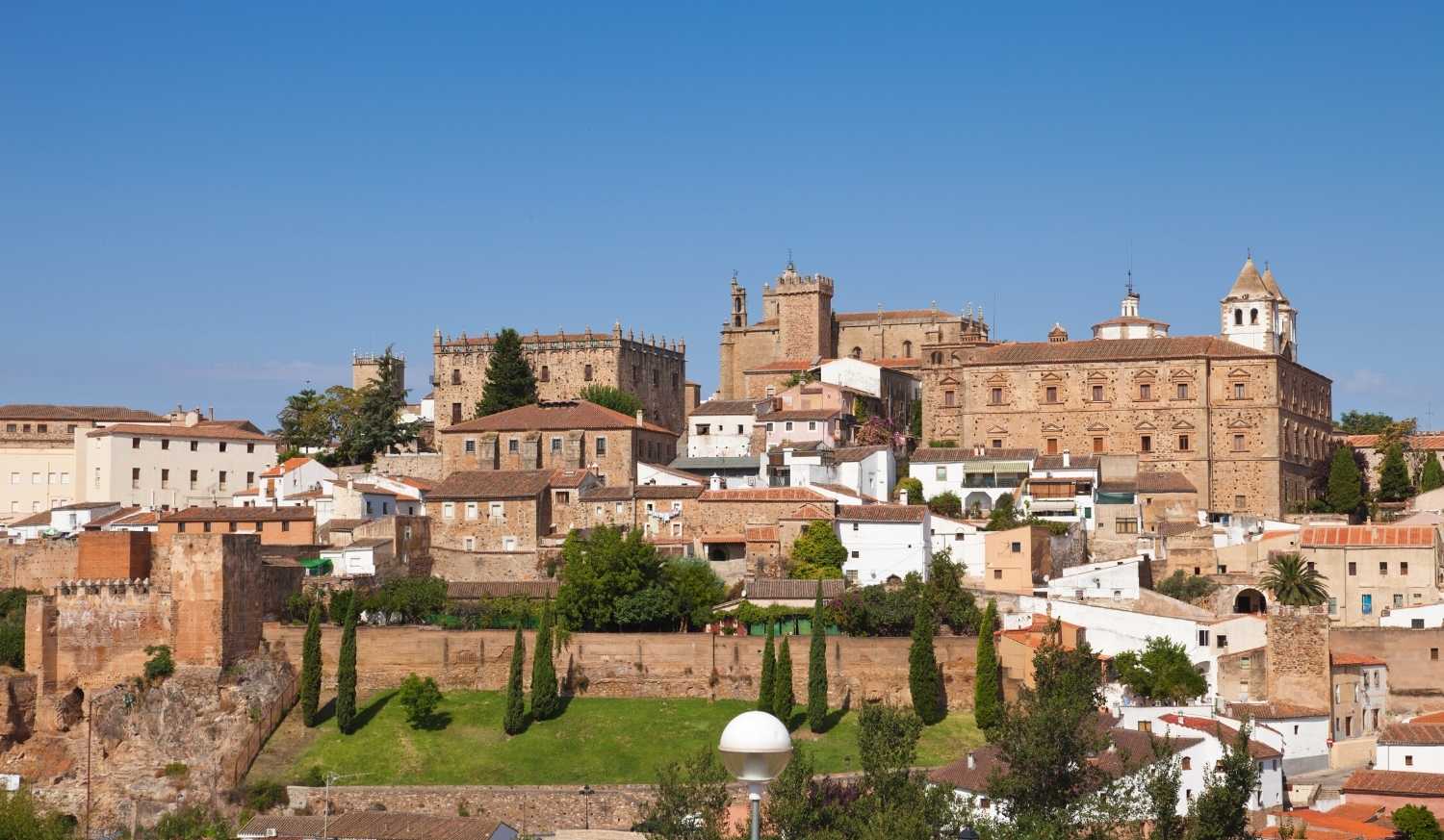
Information about Cáceres
The history and incomparable beauty of the city of Cáceres have earned it the title of World Heritage City. This town in Extremadura preserves one of the most fascinating monuments in the whole country. Walking through its streets becomes a medieval experience, which quickly takes the traveller back to the past. A place for culture, for the enjoyment of architecture, for walking and contact with nature. Cáceres becomes a most interesting stop for any pilgrim and overwhelms with its rich heritage throughout the stay.
What to see and do in Cáceres
The arch of the Star
The Arch of the Star is presented as the great entrance to the city of Cáceres. This architectural marvel links the Plaza Mayor with the Plaza de Santa María, two of the nerve centres of the old and new city for centuries. It is a baroque style building, built by Manuel de Larra Churriguera in the 18th century on top of a 15th century building. It is a very wide and deviating lowered arch. It was created by piercing the wall, and at the back you can see a small temple with the statue of the Virgin of the Star, which gives the arch its name. An essential starting point to begin the tour of this beautiful city.
The Provincial Court of Cáceres
The Provincial Court of Cáceres was formerly the Hospital de la Piedad, a building constructed in the middle of the 17th century. In its initial construction, the traditional cloister design was followed, with rooms that open onto a large central courtyard with two floors and a large granite staircase. The façade of the building is in a classicist baroque style. In 1790 the building was adapted for its new role as the Royal Court of Extremadura, conserving some of the previous elements. Nowadays it is an excellent architectural and historical sample of these stages.
El Olivar Chico de los Frailes
If you are looking for a natural respite between the monumental visits that star the city of Cáceres there will also be excellent options for this. One of them is the Olivar Chico de los Frailes, an outdoor space with 12 hectares of Mediterranean forest. In this location you can walk, practice gymnastics or do hiking trails. A good plan to enjoy the natural heritage that this beautiful town also offers.
The House of the Dukes of Valencia
This impressive house was inhabited by the Duchess of Valencia until the 60s of the twentieth century. The building has a magnificent Renaissance façade from the 16th century. The voussoirs that form the arch of the door are perfectly visible. Above the door you can see the coats of arms of the Portocarrero and Golfín families. It has undergone an intense reform and you can perfectly appreciate its interesting history, its defined forms.
The Aldana House
In this case it is a Gothic style building located inside the Monumental City of Cáceres. It was built under the order of the Aldana family at the end of the 14th century, who wanted to build their family home at that time. It was finally built between the 14th and 15th centuries. A marble coat of arms with the Aldana coat of arms on the back façade stands out. An interesting view of the architecture of this period in the heart of the city, where you can also taste the local cuisine, as the building is now a tapería.
The hermitage of La Soledad
This hermitage can be seen outside the walls of the Monumental City, in the Plaza de la Soledad. It is a simple temple with a sober exterior and a rectangular ground plan. It was built on the site of an old hospital from the 13th and 14th centuries. A sculpture of the Virgen de la Soledad (Virgin of Solitude) stands out on the façade. Inside you can see a baroque altarpiece by the master Luis Gonzalez Salamanca and in the year 1470 was home to a brotherhood that has lasted until today. A religious monument of great interest.
The House of Diego García de Ulloa
This house also has a great importance in the heritage that can be found in Caceres and retains a Gothic façade of the fifteenth century. The front, for its part, is presented with semicircular arch and voussoirs to the floor. In the upper part there is a beautiful window, outlined with double columns with gothic finial on the lintel, on both sides there are the coats of arms of Ulloa and Carvajal. Diego García de Ulloa “El Rico” was a very important character in Cáceres. He founded the Monastery of San Francisco and had the honour of handing over the keys of the city to Queen Isabel the Catholic when she arrived in Cáceres in 1477.
The Cave of El Conejar
You can also enjoy another type of heritage in Cáceres, a city with various options for the traveller. This cave was previously known as the Cueva del Oso and is located in the Vistahermosa urbanization. In 1917 Ismael del Pan published an article establishing a Neolithic date for the cave, and its archaeological importance was confirmed. A different look at an even more distant past in the lands of Extremadura.

